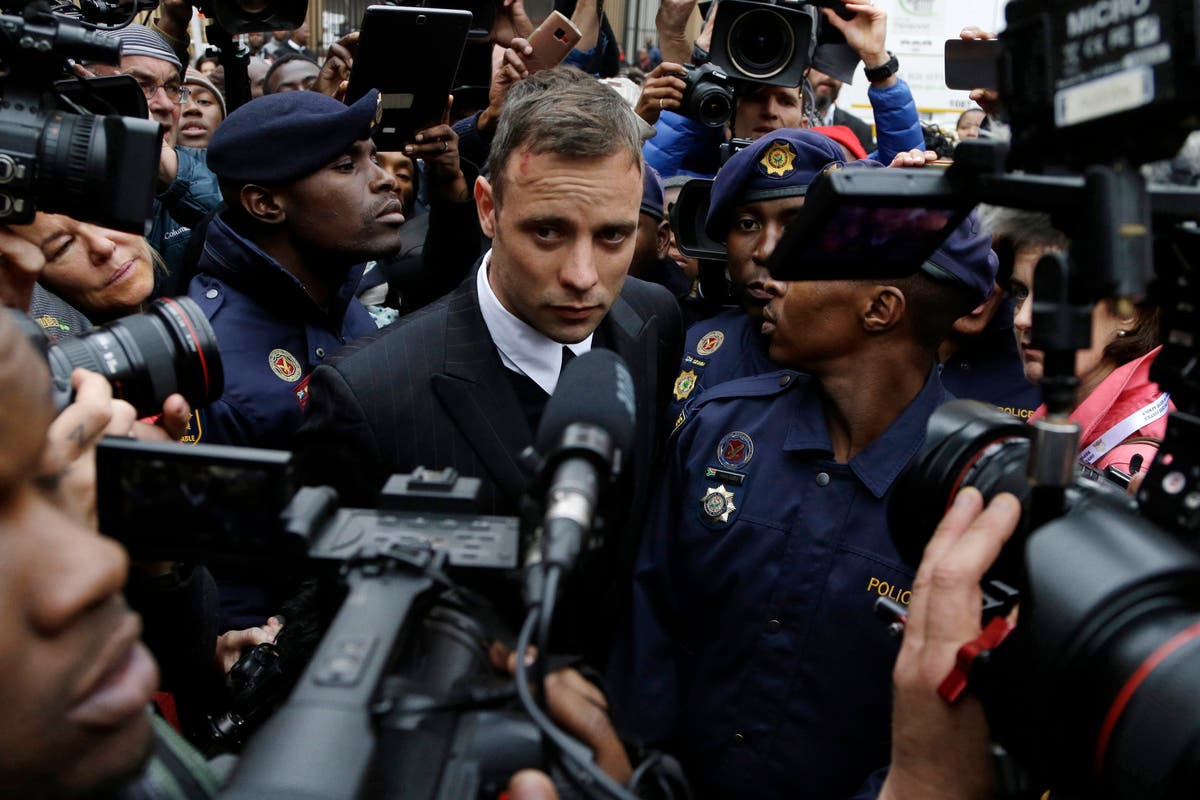
TEL AVIV, Israel (AP) — Thousands of Israeli soldiers are being withdrawn from the Gaza Strip, the military said Monday. This is the first significant troop withdrawal since the start of the war, as forces continue to put pressure on the capital in the southern half of the enclave.
The troop movement could signal a reduction in fighting in some areas of Gaza, particularly in the northern half of Gaza, where the military has said it is close to taking operational control. Israel is under pressure from its main ally, the United States, to begin switching to lower-intensity fighting.
News of the cut came ahead of a visit by Secretary of State Antony Blinken to the region and after the Biden administration bypassed Congress for the second time this month to approve an emergency arms sale to Israel.
However, heavy fighting continued in other areas of the Gaza Strip, particularly in the southern city of Khan Younis and central areas of the territory. Israel has vowed to press forward until its war goals are achieved, including the dismantling of Hamas, which has ruled Gaza for 16 years.
The military said in a statement on Monday that five brigades, or several thousand soldiers, would be withdrawn from Gaza in the coming weeks for training and recovery.
In a briefing on Sunday that initially announced the troop withdrawal without specifying how many troops would be withdrawn, army spokesman Rear Adm. Daniel Hagari did not say whether the decision meant Israel was entering a new phase of the war.
“The objectives of the war require prolonged fighting and we are preparing accordingly,” he said.
Israel has vowed to crush Hamas’s military and governance capabilities in its war sparked by the militant group’s Oct. 7 attack on southern Israel that killed 1,200 people. About 240 people were taken hostage.
Israel responded with a devastating air, ground and sea offensive that killed more than 21,900 people in Gaza, two-thirds of them women and children, according to the Gaza Health Ministry, which does not distinguish between civilians and combatants in its count.
Israel says more than 8,000 militants have been killed without providing evidence. It blames Hamas for the high civilian death toll and claims the militants have set up shop in residential areas, including schools and hospitals.
The war displaced about 85% of Gaza’s 2.3 million residents, with large numbers seeking refuge in Israeli-designated safe areas that the military nevertheless bombed. Palestinians are left with the feeling that nowhere is safe in the tiny enclave.
As tensions remain high across the region, the US announced Monday it would send home an aircraft carrier battle group and replace it with an amphibious assault ship and accompanying warships.
BATTLES IN THE SOUTH
In Khan Younis, where Israel is believed to have thousands of troops stationed, residents reported airstrikes and shelling in the west and center of the city. The military and the militant group Islamic Jihad reported clashes in the area.
The Palestinian Red Crescent said on X, formerly Twitter, that it had transported several dead and injured people following a strike late Sunday on Beach Street in Khan Younis. Nighttime footage has been released showing paramedics transporting injured people to ambulances.
Fighting was also reported in urban refugee camps in central Gaza, where Israel expanded its offensive last week.
“This is our routine: bombings, massacres and martyrs,” said Saeed Moustafa, a Palestinian from the Nuseirat camp. He said he could hear sporadic explosions and gunfire in Nuseirat and in the nearby Bureij and Maghazi camps.
“Right as we speak, there is a big explosion not far from my home,” he said in a phone call Monday morning.
An Associated Press reporter saw at least 17 bodies, including four children, after a rocket hit a house in the central Gaza town of Deir al-Balah. The injured were taken to Al-Aqsa Martyrs Hospital. Further details about the explosion were initially not known.
Gaza’s Health Ministry said on Monday that 156 people had been killed in the past day.
Meanwhile, the Israeli military said an airstrike killed Adel Mismah, a regional commander of Hamas’ elite Nukhba forces, in the central city of Deir al-Balah.
As the clock struck midnight on New Year’s Eve, Hamas fired a large barrage of rockets into Israel, including its commercial hub Tel Aviv.
“A DIFFERENT WAY OF WORKING”
Israel has said the war will last months. It has been argued that it takes time to rid Gaza of the militants’ weapons and infrastructure and prevent Hamas from carrying out further attacks. Israel has defied international calls for a long-term ceasefire, saying it would amount to a Hamas victory.
Shlomo Brom, a retired brigadier general who was once in charge of strategic planning for the Israeli military, said the troop changes could be a result of U.S. pressure. He said it showed a change in the way Israel was waging war in some areas.
“The war doesn’t stop,” Brom said. “It’s the beginning of a different way of working.”
Israelis still largely support the war’s goals, even as the cost to soldiers’ lives rises.
Over the weekend, the military said that of the soldiers killed since the ground operation began – a total of 172 as of Monday – 18 were killed by friendly fire, while another 11 died from weapons or equipment malfunctions or accidents.
REGIONAL TENSIONS
The fighting in Gaza threatens to spread throughout the region.
Israel engages in almost daily battles with Hezbollah militants in Lebanon, north of Israel, and has also attacked Iran-linked targets in neighboring Syria. Meanwhile, Iran-backed Houthi rebels in Yemen have fired long-range missiles at Israel and attacked civilian cargo ships in the Red Sea, disrupting global shipping trade.
The United States has sent warships to the Mediterranean and Red Seas to protect Israel, underscoring fears that fighting could spread.
On Monday, the U.S. Navy announced that the strike group from the aircraft carrier USS Gerald R. Ford will return home after months of special operations at sea. The Ford will be replaced by the amphibious assault ship USS Bataan and the accompanying warships USS Mesa Verde and USS Carter Hall. The three ships had been in the Red Sea.
The Ford was sent to the eastern Mediterranean to be within striking distance of Israel since the day after the October 7 Hamas attacks. The accompanying warships had sailed into the Red Sea, where they repeatedly intercepted incoming ballistic missiles and attack drones fired from Houthi-controlled Yemen.
The Ford and the aircraft carrier USS Dwight D. Eisenhower were part of a two-aircraft carrier presence as part of the Israel-Hamas war. The Eisenhower recently patrolled near the Gulf of Aden, at the mouth of the Red Sea waterway where so many merchant ships have been attacked in recent weeks.
___
Jobain reported from Rafah, Gaza Strip and Magdy from Cairo. Associated Press writer Tara Copp in Washington contributed to this report.
___
For more AP coverage, visit https://apnews.com/hub/israel-hamas-war






Recent Comments